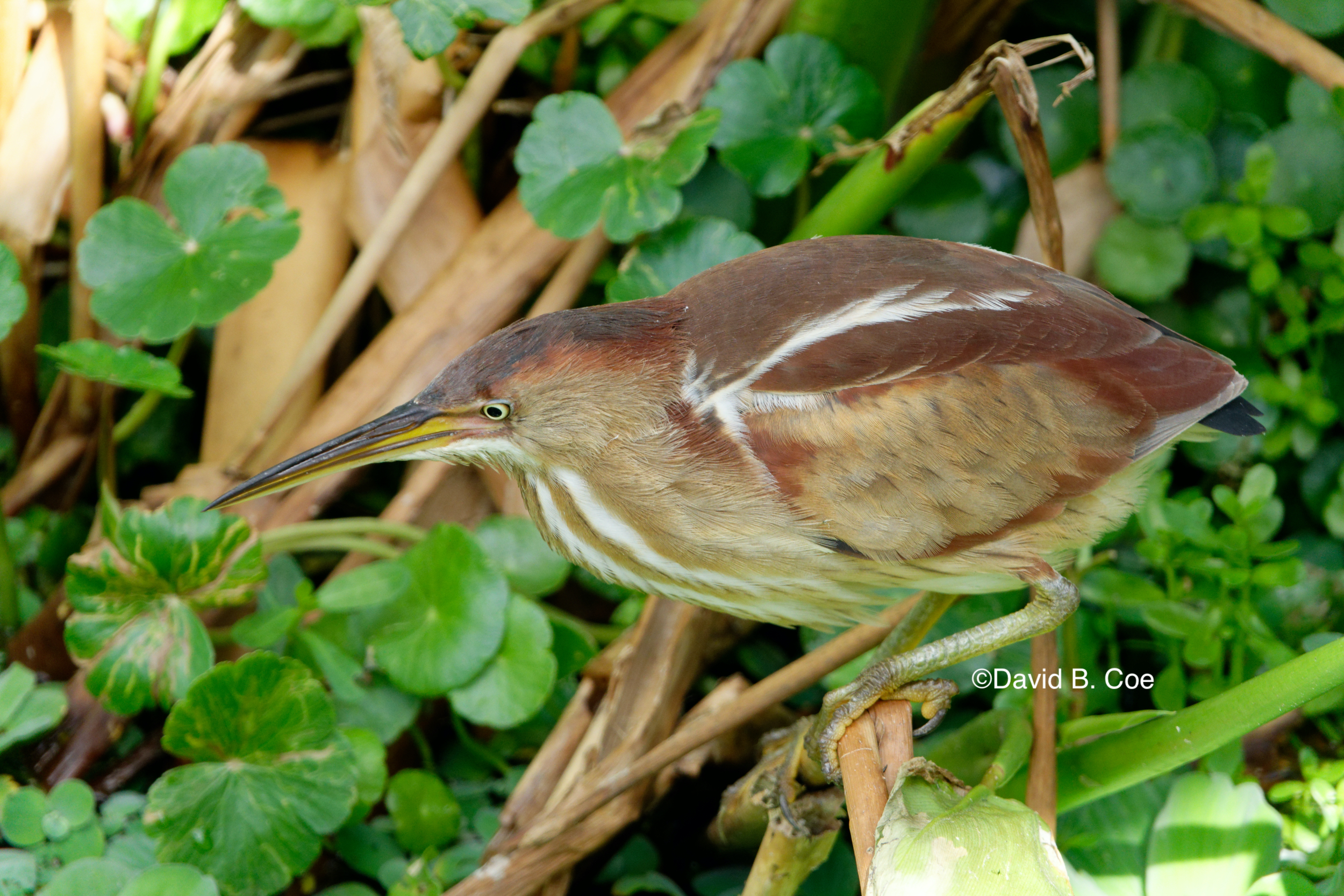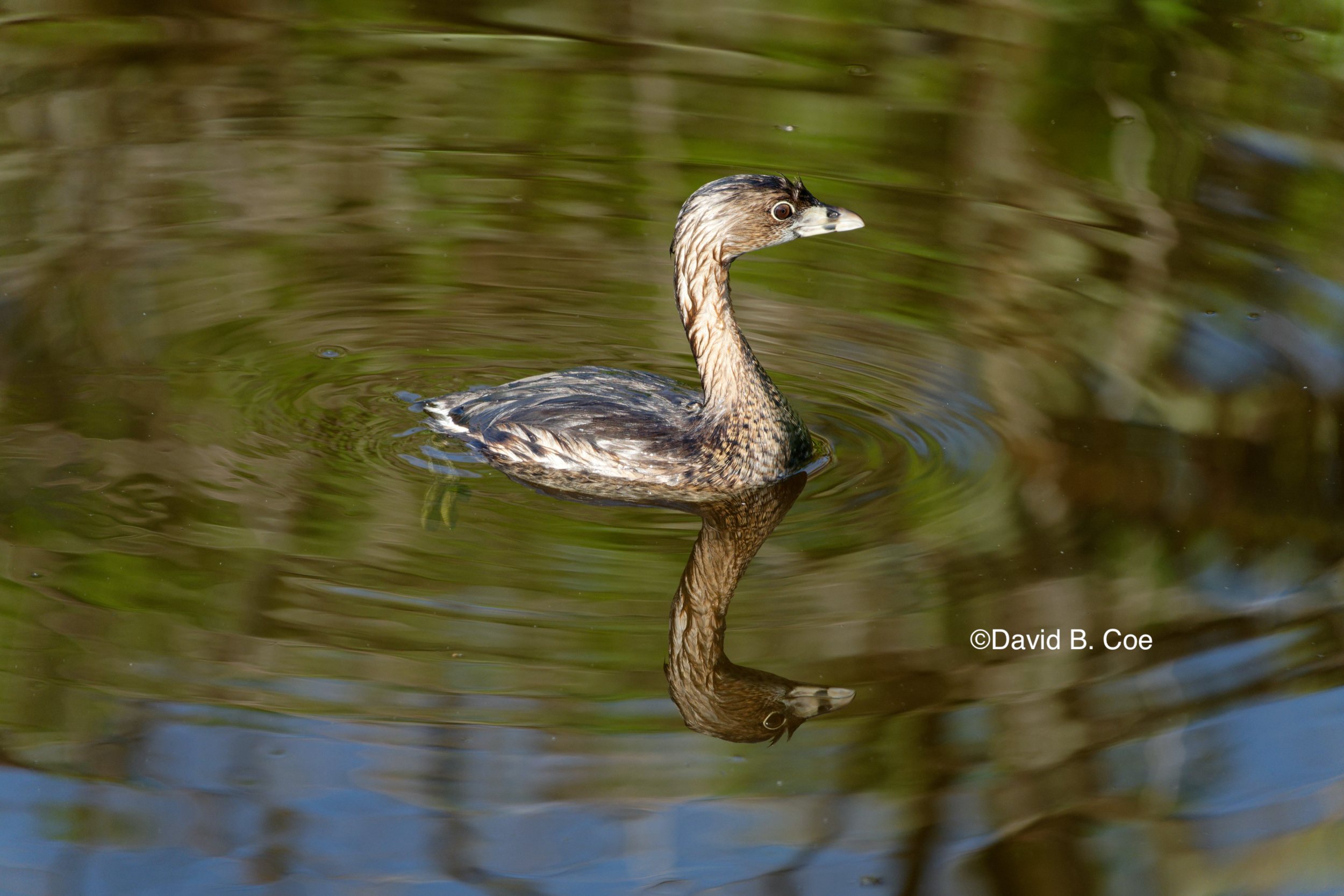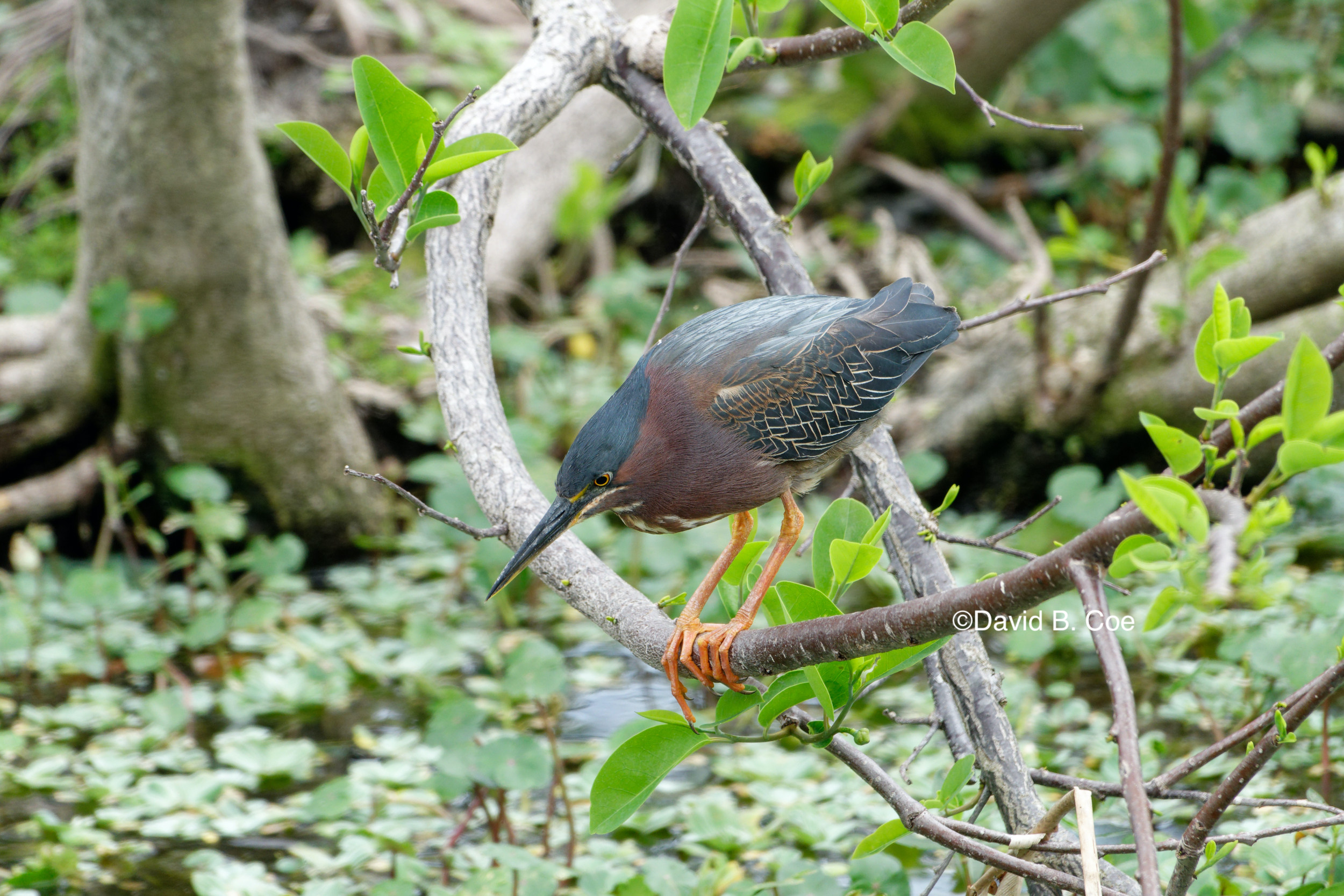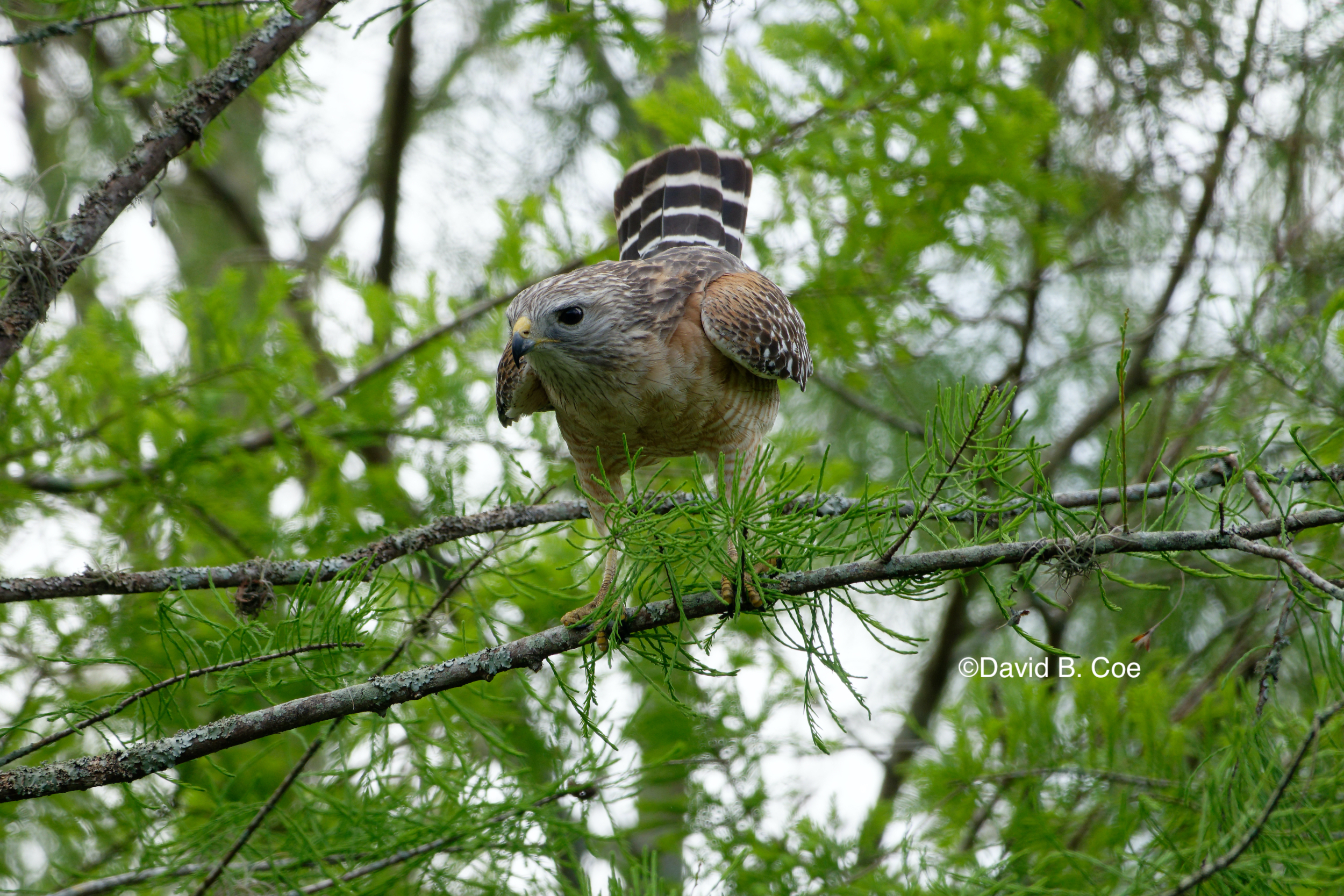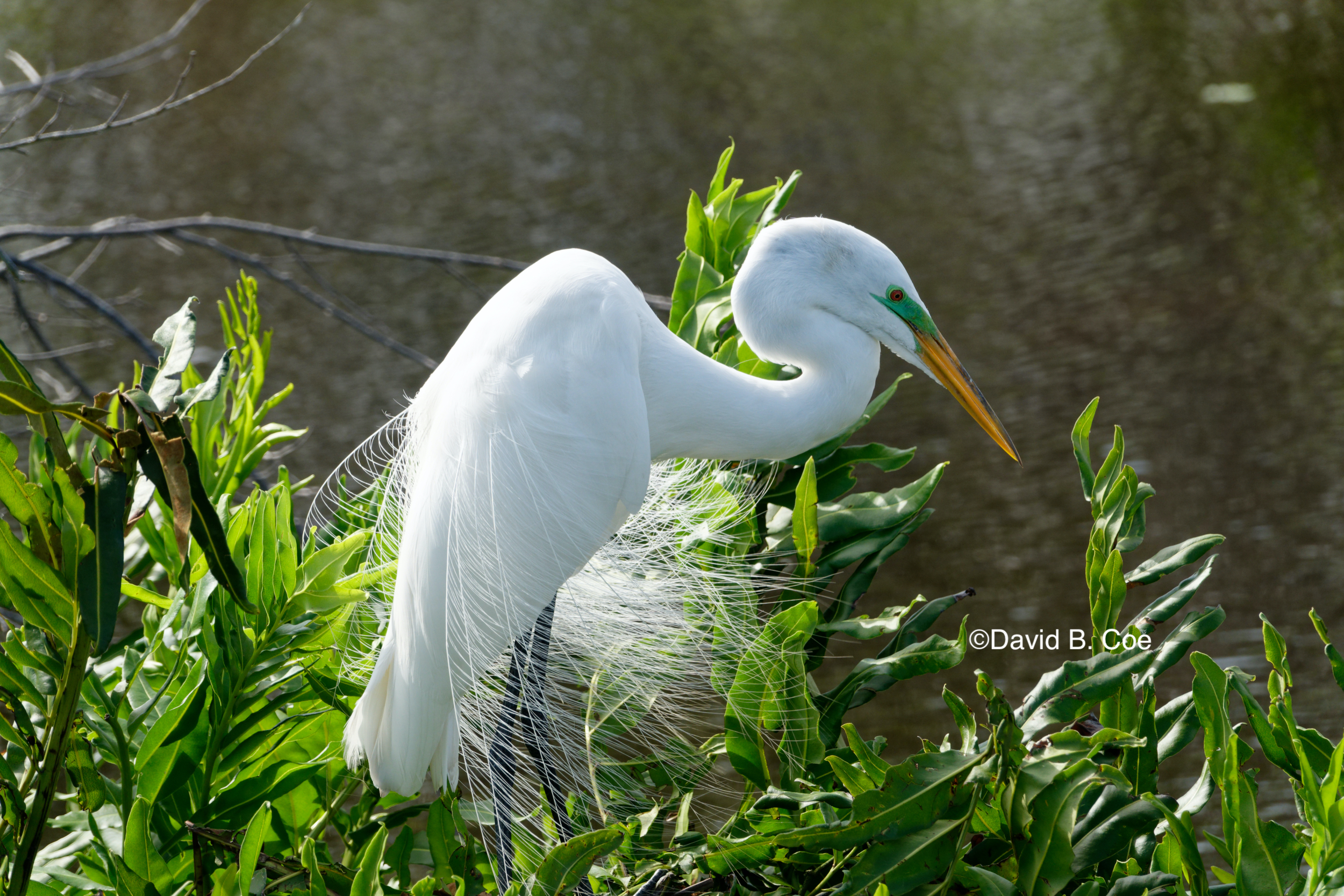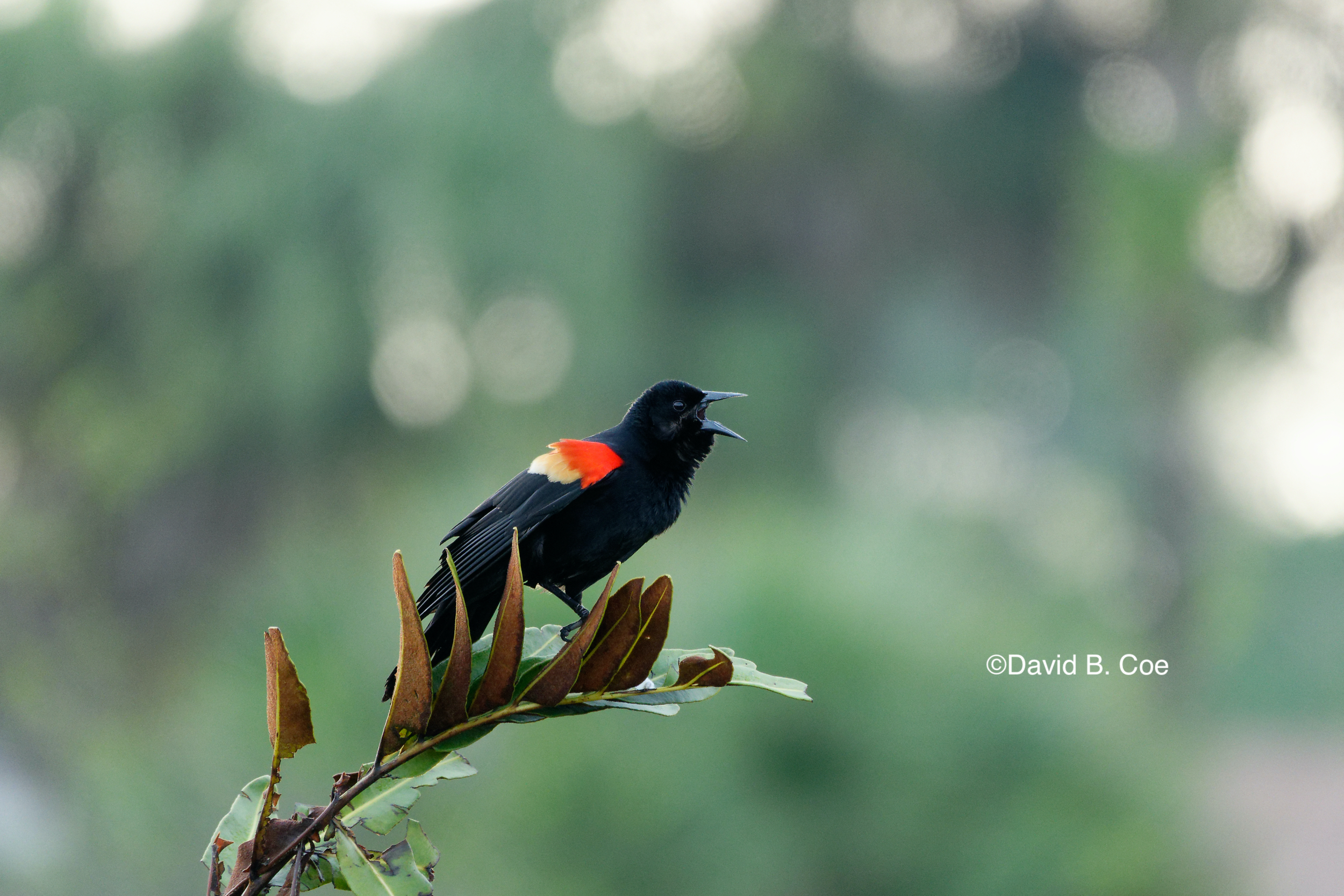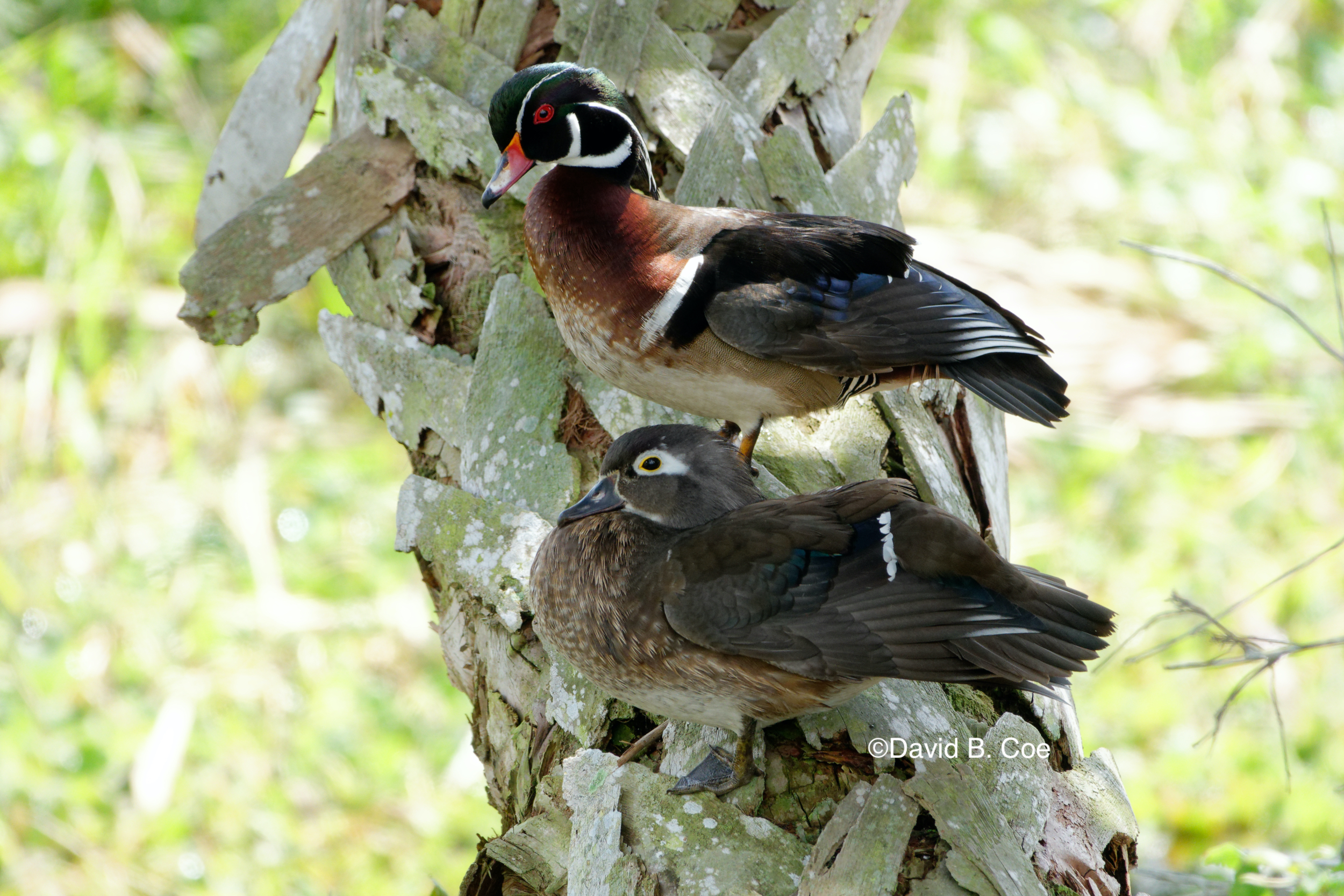I have a new toy.
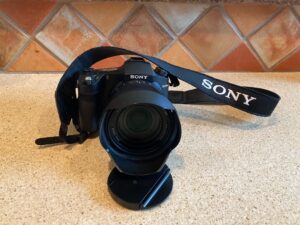 Anyone who has met me and/or read this blog knows I am an avid photographer. And I have a very nice camera, a digital SLR with several interchangeable lenses that I use for landscapes, portraits, macro, travel photography, and pretty much everything else. Pretty much.
Anyone who has met me and/or read this blog knows I am an avid photographer. And I have a very nice camera, a digital SLR with several interchangeable lenses that I use for landscapes, portraits, macro, travel photography, and pretty much everything else. Pretty much.
The one thing I don’t do much with that camera, because I don’t have the appropriate lens, is bird photography. Now, the other thing readers of this blog know is that I am a dedicated (read: fanatical) birdwatcher and have been for most of my life. So I have long been frustrated with my inability to take good photos of birds.
In the past, I have balked at buying a big lens, capable of taking decent bird photos, for my DSLR. There have been several reasons for this. One, such lenses are expensive. Even the lens with the minimum focal length I would need (a zoom lens of 100-400mm) costs well over $2,000. There are off-brand versions that are decent but not great. These would run closer to $800.00. But they do not solve the second issue: Big lenses tend to be, well, big. They’re heavy and bulky, as is my DSLR, actually. Combine the big lens with the hefty camera, and you have something weighing about five pounds hanging around your neck or off your shoulder. I know myself well enough to question how often I would actually take such a rig out in the field.
So I have finally decided to go in a slightly different direction. I recently purchased a rather pricey new toy, the Sony RX10 Mk IV. This is a mirrorless “bridge” camera, meaning that it sort of straddles the line between a DSLR and a point and shoot camera. It weighs far less than my DSLR would with a telephoto lens. But it has a very good, very powerful, built-in lens, made by Zeiss, an excellent German optics company. This lens zooms from 24mm to 600mm, making it actually more powerful than the big, expensive lens I’d been considering. It also costs a good deal less.
The digital sensor in the camera is not as good as my DSLR, and I will likely never use this lens for landscapes. I am very picky about image quality, and am particularly uncompromising when it comes to my landscape photography. Birds, though, are tough to photograph to begin with, and I understand that I would likely get precious few razor sharp images with any camera and lens combination. And because this camera is so light and easy to carry, because it has a very strong stabilizing mechanism that keeps the image still and clear even when the camera is handheld, and because the sensor and lens are, while not perfect, very, very good, this is the perfect solution for me when it comes to birds. I take it with me on walks all the time, without hesitation. And I have gotten some very good photos already.
Below find some images I captured in Florida, around my birthday, when I was first learning to use the camera. As you can see, the quality of the images is quite good. They are sharp and the color is excellent. And I am having so much fun! I can finally take pictures of my feathered buddies, and I don’t have to carry the equivalent of an anchor around my neck. I’m very happy with my purchase. I do love my toys . . . .
Have a great weekend!
